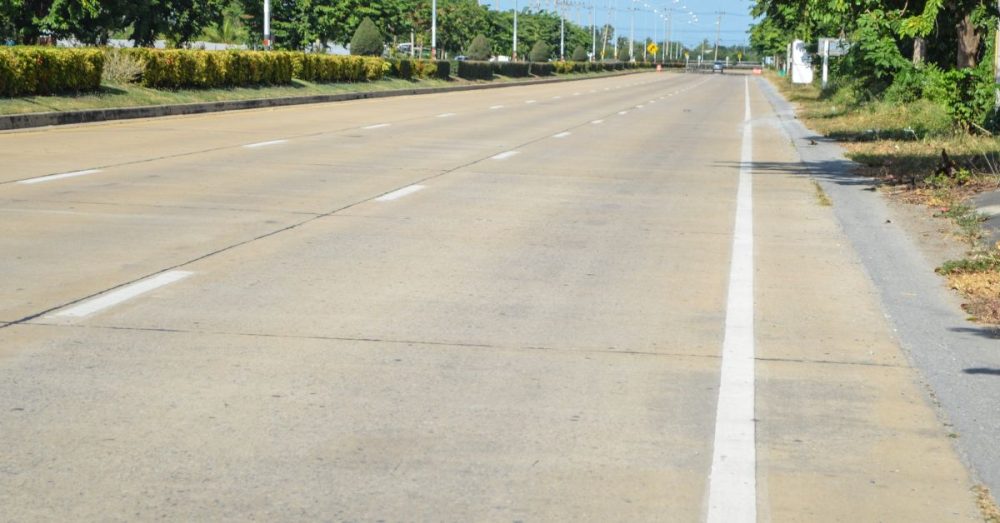The City of Dallas has recently begun collecting data during the hottest months of the year as part of its pilot project involving the deployment of “cool pavement.”
Dark pavements absorb 80-95% of sunlight, causing heat to radiate into the surrounding air like a convection oven and increasing the temperature of stormwater runoff, which can damage local watersheds. However, lighter-colored, solar-reflective “cool pavements” stay cooler in direct sunlight than traditional dark asphalt, lessening the heat radiation effect on the surrounding air, buildings, and water features.
In addition, the lighter-toned pavement more effectively reflects street lights and vehicle lights, increasing drivers’ visibility, improving driver safety, and reducing the need for street lighting at night.
In September 2023, City workers coated about 6 miles of pavement in northwest Dallas with a reflective sealant to test its ability to reduce ambient temperatures in the cityscape. Last month, the Public Works Department returned to the area to gather readings on the temperature of the cool pavement.
On a day when temperatures reached a high of 92 degrees, the untreated pavement registered 113 degrees, while the treated pavement registered 103.6, a nearly 10-degree difference.
Residents in District 13, where the pilot program was implemented, initially said that the cool pavement was too bright, prompting the City to subsequently tone it down, Council Member Gay Donnell Willis (District 13).
“I heard from one resident who was thrilled to try something that could help with Dallas summer, and he was excited that his street was one that was chosen,” Willis said, according to The Dallas Morning News.
OXCON, the product used in the Dallas pilot program, is a polymeric micro-composite overlay that bonds to the concrete or asphalt surface. In addition to having solar reflective properties, it can help extend the life of the concrete by more than 20 years. It “restores and protects against aging, scaling, cracking, spalling, and disintegration” of the pavement and is a “cost-effective and time-saving” alternative to tear-out and replacement of aging pavement, the company website states.
The pilot program cost $2 million in taxpayer money, per DMN.
Other cities, including Phoenix and San Antonio, have tested similar products. This year, San Antonio leaders opted to expand its program.
The results of the Dallas pilot program will be presented to City leaders this fall. Officials will then determine whether the project should be expanded.
Cool pavements could be used as a part of a larger heat mitigation program that also includes more trees, green space, green infrastructure, and weatherization.


